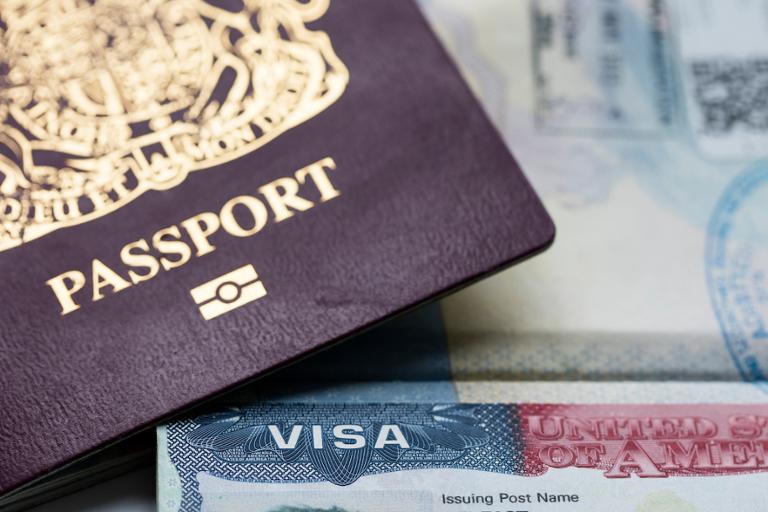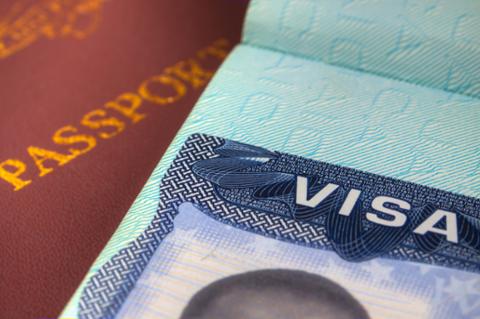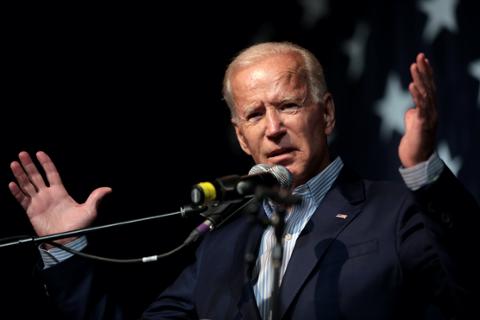The denial rate for new H-1B visa petitions has tumbled over the past year, according to a new analysis of government data by the National Foundation for American Policy (NFAP).
That data, shared exclusively with Axios, shows that the denial rate for new H-1B employment petitions hit 4 percent in fiscal year 2021, down from 13 percent in 2020 and 21 percent in 2019. NFAP says it’s the lowest denial rate on record.
Daniel Costa, director of immigration at the Economic Policy Institute, told Axios that the current H-1B program is “severely lacking in terms of good wage rules and oversight by the Labor Department.” That’s one side of the argument; a spokesperson for Google, which heavily utilizes the H-1B visa every year, also told the publication that “American businesses need high-skilled immigrants even more now to help fill the current labor shortage as the United States recovers from the pandemic.”
During the Trump administration, a series of policies spiked the H-1B denial rate to 24 percent by fiscal year 2018. For example, U.S. Citizenship and Immigration Services (USCIS) instituted a more stringent review policy that increased the rate of application denials. There was also a (failed) attempt to end the H-4 EAD, which allows spouses of H-1B holders to find employment in the U.S., as well as a temporary ban on all work visas for 2020, which angered many tech CEOs.
The Trump administration proposed reforming the H-1B lottery system to favor applicants with advanced degrees and higher salaries. Once Trump left office, the Biden administration signaled that it would institute its own policies around H-1B visas, including a proposal to prioritize H-1B visas based on higher wages. However, Biden has yet to announce anything substantial in that arena, and the H-1B system still hinges on an annual lottery.
Meanwhile, the COVID-19 pandemic and lingering visa restrictions had an impact on the number of H-1B workers currently in the United States, as well as the U.S. government’s H-1B lottery process. A December analysis of U.S. Department of Labor (DOL) data by Bloomberg showed that the number of engineering and mathematics workers on the H-1B “fell 12.6 percent in the fiscal year ending September 2021 compared to the previous year.” It’s too soon to tell how that might impact the broader rates of visa acceptance and denial.



